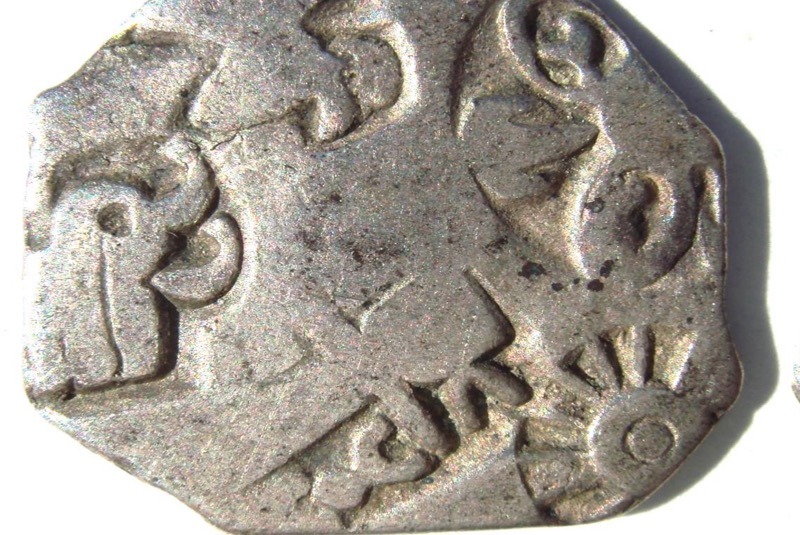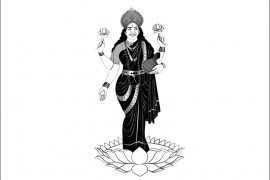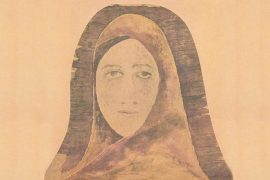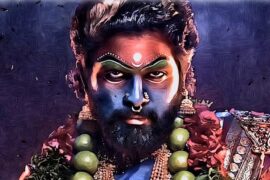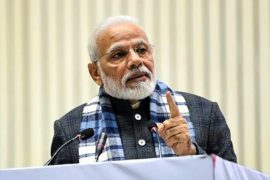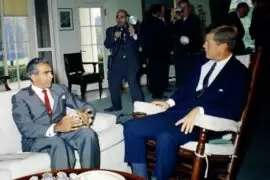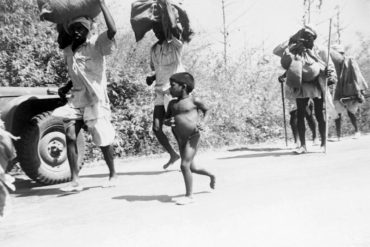The rupee powers India. Not just India — the rupee is the common name for the currency of Pakistan, Nepal, Bhutan, Mauritius, Seychelles and Sri Lanka. Cognates of the word rupee — rupiah and rufiyaa — are also used as currency in Indonesia and Maldives, respectively.
Decades ago, the rupee was also the currency of Afghanistan, Bahrain, Oman, the United Arab Emirates, British East Africa, Burma, German East Africa, and Tibet. Today, over two billion people use it worldwide. But how did the rupee evolve?
The word ‘rupee’ comes from ‘rūpya,’ the Sanskrit term for wrought silver. The first rupiya can be traced back to about 1100 BCE. Panini, a Sanskrit philologist, grammarian and Hindu scholar, first mentioned the word in his ancient texts to denote a piece of silver used as a coin. Historians often used the word ‘rūpya’ to describe beautiful images on the silver coins.
Chanakya, the prime minister of the Mauryan emperor Chandragupta Maurya, wrote the next aspect of the story. Chanakya, who goes by the sobriquet Kautilya, mentioned ‘rūpyarūpa,’ silver coins, in his epic tome, Arthashastra.
Sher Shah Suri, the founder of the Suri Empire, is credited with formally introducing the rupee. During his rule, from 1540 CE to 1545 CE, Suri established a new military and civil administration. His silver coin—the Rupiya—weighed 11.66 grams. The coins depicted Lord Ram and his wife, Sita.
Decades later, when Akbar, one of the finest Mughal emperors, came to power, he continued the currency of Rupiya. Known to be secular in his approach, he deduced that he had to revere the Hindu heritage to govern his vast empire.
Akbar reformed the Mughal coinage; he added a gold coin to the mix and introduced a system of market-controlled exchange rates. However, the minting of the coins stopped after Akbar died in 1605 CE.
The rupee witnessed the rise and fall of many rulers and even the advent of the British in India. The Mughal Emperor Farrukh Siyar permitted the British to coin the Mughal currency.
Soon after, the printing of paper rupees began. In 1770, the Bank of Hindostan, the General Bank of Bengal and Bihar, printed the first paper notes, and the Rupiya took a different form.
The pictures on its coins changed, but its essence survived. The Coinage Act of 1835, the brainchild of the British, introduced a system of standardised coinage in India.
The amended version of the law is still in practice. The new front of the coin depicted the statuette of Willian IV and the denomination on the back. This uniform coinage used technology imported from Birmingham.
Several rumours circulated about the system. Some suggested that the British, ever the ‘changemakers,’ introduced the new technology to discontinue hundred types of coins from the market. After 1840, Queen Victoria’s effigy graced the original side of the coins.
With the end of the Mughal Empire, the British forcefully took control of over a hundred princely states through various annexations. With the Dalhousie annexation, the British controlled most of India and the Indian Rupee became the official currency of British India. Ergo, a series of banknotes and coins depicted the portrait of the Queen.
In 1877, there was a slight change; the title of the Queen changed from ‘Victoria Queen’ to ‘Victoria Empress,’ and the currency design was updated to reflect the change. However, the beginning of World War II (1939-45) led to the discontinuation of pure silver coins and initiated minting in a mix of alloys.
Post-independence, India continued using the British currency for the first few years. Initially, the King’s portrait was to be replaced by M.K. Gandhi, the Father of the Nation. However, the consensus differed. In 1950, when India became a Republic, it issued its sovereign currency with the Ashokan Lion Capital as its emblem.
The government of India issued the first banknotes in denominations of Rs. 2, 5, 10 and 100, and Anna Series became the first coin series of the Republic of India. The series consisted of sixteen annas, each split into four pieces.
The Reserve Bank of India printed the new notes with the portrait of M.K. Gandhi. The new notes displayed Hindi, increased security measures, and aids for visually impaired individuals. The year 1954 saw the reintroduction of higher denomination notes of Rs.1000, 5000 and 10,000. However, they were demonetised again in 1978.
In 2016, the government carried out another controversial demonetisation. New banknotes of the already present denominations of 500 and 1,000 were introduced, along with a new addition of Rs. 2,000 currency notes.
Today, the rupee is not limited to India as a currency but is used by several other nations spanning the continents of Asia and Africa. Over the years, various changes have been made to coins and banknotes. The rupee has survived everything: empires, design, motifs, or size.
One of the world’s oldest surviving currencies, now the rupee is a legacy that powers India.
-30-
Copyright©Madras Courier, All Rights Reserved. You may share using our article tools. Please don't cut articles from madrascourier.com and redistribute by email, post to the web, mobile phone or social media.Please send in your feed back and comments to [email protected]

